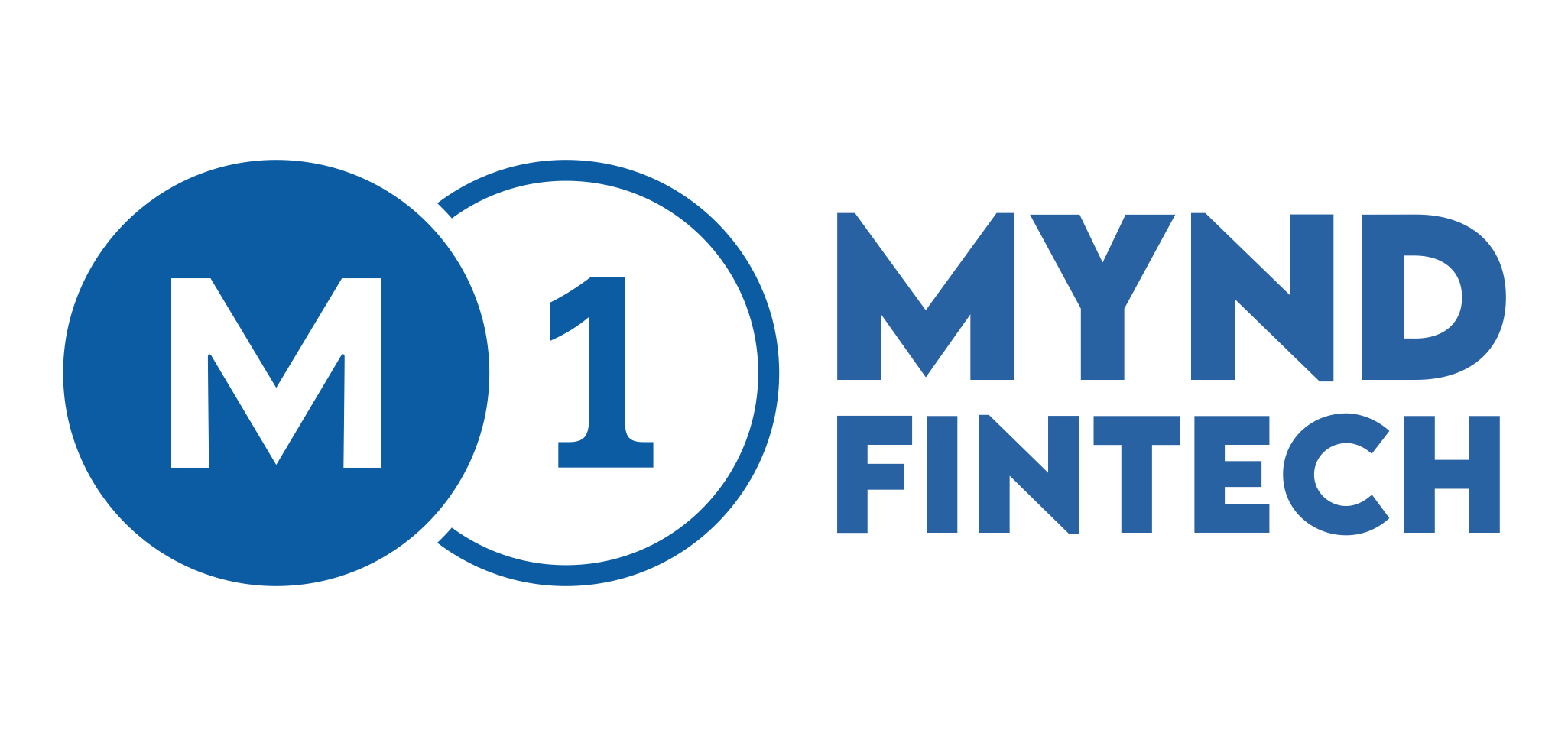In the vibrant world of business, where every move counts, managing cash flow efficiently is crucial for sustained growth and success. However, many small and medium-sized enterprises (SMEs) often face challenges in accessing timely funds, especially when waiting for payments from clients or dealing with long credit periods. This is where invoice discounting emerges as a game-changer, offering SMEs a lifeline to unlock trapped cash and keep operations running smoothly. Get ready to discover how invoice discounting can transform the hustle into a harmonious symphony of success.
What is Invoice Discounting
Invoice discounting is a financial practice where a business sells its unpaid invoices to a third-party financier at a discounted rate in exchange for immediate cash flow. This allows the business to access funds tied up in accounts receivable before the customer pays the invoice in full. Unlike factoring, where the financier takes over responsibility for collecting payments, invoice discounting typically allows the business to maintain control over customer relationships and payment collections.
Imagine you’re a small business owner who sells $10,000 worth of products to a retailer with a 60-day payment term. Instead of waiting, you use invoice discounting. A financier advances you $8,000 (80% of the invoice value) upfront, deducting a 3% discount fee. When the retailer pays after 60 days, they pay the full $10,000 directly to the financier, who deducts the fee and remits the balance to you. You’ve accessed immediate cash flow to cover your expenses.
Importance of Cash Flow Management in Business:
Cash flow management is critical for the financial health and sustainability of any business. Here’s why it’s so important:
- Liquidity: Cash flow ensures that a business has enough liquid assets to cover its day-to-day operations, such as paying suppliers, employees, and other expenses.
- Operating Efficiency: Proper cash flow management enables businesses to operate smoothly without disruptions, ensuring that operations continue uninterrupted.
- Financial Stability: By maintaining positive cash flow, businesses can weather unexpected expenses or downturns in the market, enhancing their overall financial stability.
- Strategic Decision Making: Having a clear understanding of cash flow allows businesses to make informed decisions about investments, expansions, and other strategic initiatives.
- Creditworthiness: Consistent positive cash flow enhances a company’s creditworthiness, making it easier to secure financing or attract investors when needed.
How Invoice Discounting Helps in Cash Flow Management:
Invoice discounting is a powerful tool that businesses can use to improve their cash flow management. Here’s how it works:
- Immediate Access to Funds: Invoice discounting allows businesses to access funds tied up in unpaid invoices before the customers pay. This provides immediate cash flow, addressing short-term financial needs and improving liquidity.
- Flexible Financing: Unlike traditional loans, invoice discounting does not create additional debt on the balance sheet. It’s a form of asset-based financing where the invoices themselves serve as collateral, offering more flexibility in financial planning and management.
- Working Capital Optimization: By accelerating the collection of accounts receivable, businesses can optimize their working capital, ensuring that they have enough funds to cover operational expenses and seize growth opportunities.
- Risk Mitigation: Invoice discounting helps businesses mitigate the risk of late or non-payment by transferring the credit risk to the financing institution. This reduces the impact of payment delays on cash flow and overall financial stability.
- Maintains Customer Relationships: Unlike factoring, where the financier takes over responsibility for collecting payments, invoice discounting allows businesses to maintain control over customer relationships and payment collections. This ensures confidentiality and preserves the business’s reputation.
- Scalability: Invoice discounting can scale with the business’s growth, providing a reliable source of funding that aligns with its evolving needs and objectives.
- Cost-Effective Financing: Invoice discounting often carries lower fees or interest rates compared to other forms of financing, making it a cost-effective solution for short-term cash needs. Businesses can access funds quickly and efficiently without incurring high borrowing costs.
- Flexibility in Fund Usage: Unlike traditional loans that may have restrictions on fund usage, invoice discounting provides businesses with the flexibility to use the funds for any purpose. Whether it’s covering operating expenses, investing in growth initiatives, or managing seasonal fluctuations, businesses have full control over how they use the funds.
Types of Invoice Discounting
- Recourse Invoice Discounting: In recourse invoice discounting, the financing institution (factor) provides funding against the unpaid invoices but retains the right to recourse back to the business if the customer fails to pay the invoice within a specified period. If the customer defaults, the business must buy back the invoice from the financing institution or replace it with another invoice.
- Non-Recourse Invoice Discounting: Non-recourse invoice discounting transfers the credit risk of non-payment from the business to the financing institution. In this arrangement, the financing institution assumes the risk of default by the customer. If the customer fails to pay the invoice, the financing institution cannot recourse back to the business.
- Selective Invoice Discounting:
Selective invoice discounting allows businesses to choose specific invoices for financing, rather than discounting their entire accounts receivable ledger. Businesses can select invoices based on their immediate cash flow needs, customer payment history, or other factors.
- Whole Turnover Invoice Discounting: Whole turnover invoice discounting involves discounting all invoices within a business’s accounts receivable ledger. It provides ongoing access to funding based on the entire volume of invoices generated by the business.
How Mynd Fintech Helps You
Mynd Fintech offers a range of invoice discounting options tailored to meet diverse business needs. With Vendor Finance, businesses can access short-term funding, improving cash flow and gaining flexible financing options with unsecured lines of credit. Dealer Finance provides dealers with immediate working capital at lower interest rates, enabling inventory expansion and efficient cash flow management. Sales Invoice Finance allows timely access to funds against confirmed invoices, mitigating payment risks and enhancing operational efficiency through technology integration. Dynamic Discounting offers early payment incentives to suppliers, accelerating cash inflows, reducing costs, and strengthening supplier relationships. Overall, Mynd Fintech’s invoice discounting solutions facilitate improved cash flow, flexible financing, streamlined processes, and enhanced supplier relations, contributing to business growth and success.
Conclusion
In conclusion, effective cash flow management is essential for the success of any business. Invoice discounting offers businesses a flexible and efficient way to improve cash flow, optimize working capital, and maintain financial stability. By unlocking the value of unpaid invoices, businesses can access immediate funds, address short-term financial needs, and position themselves for long-term growth and success.

